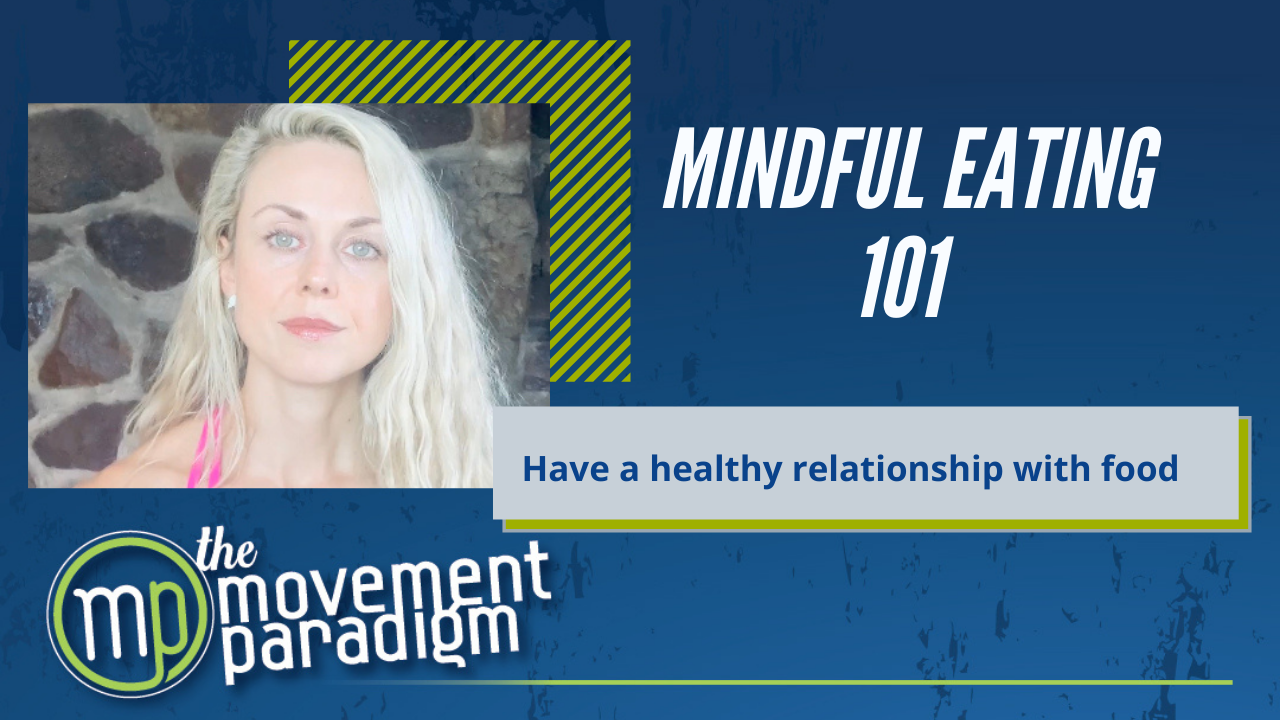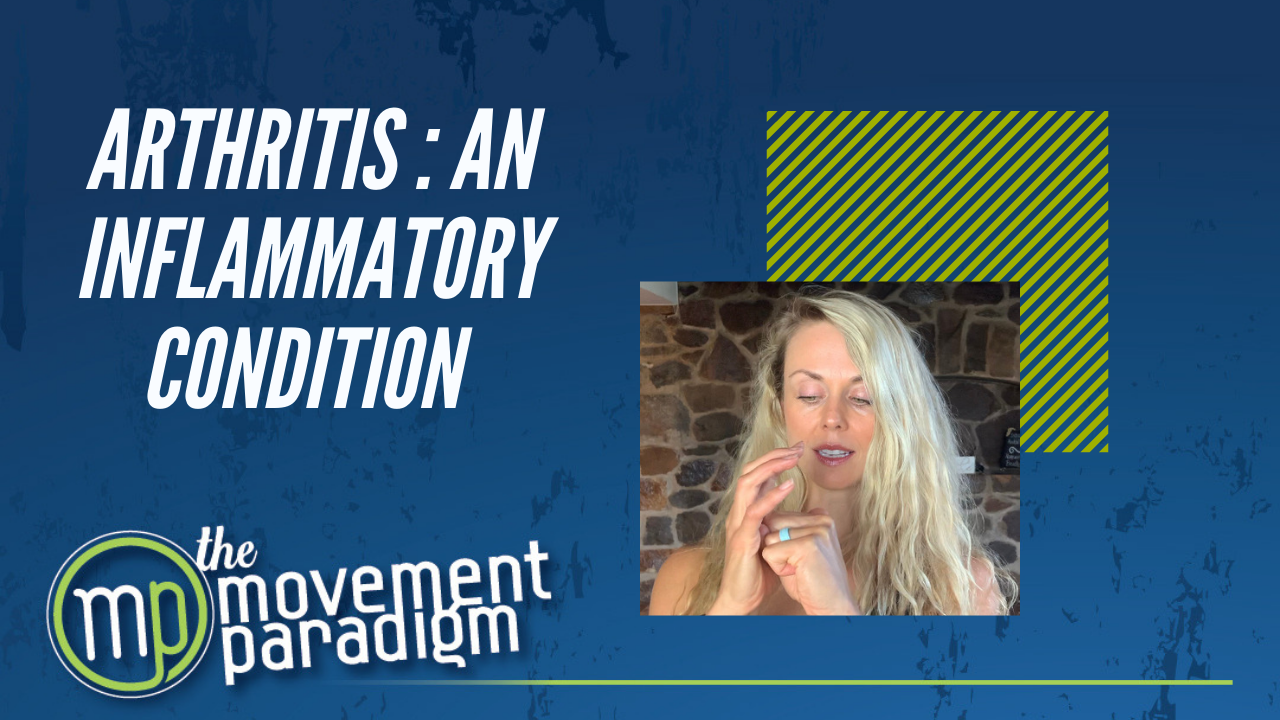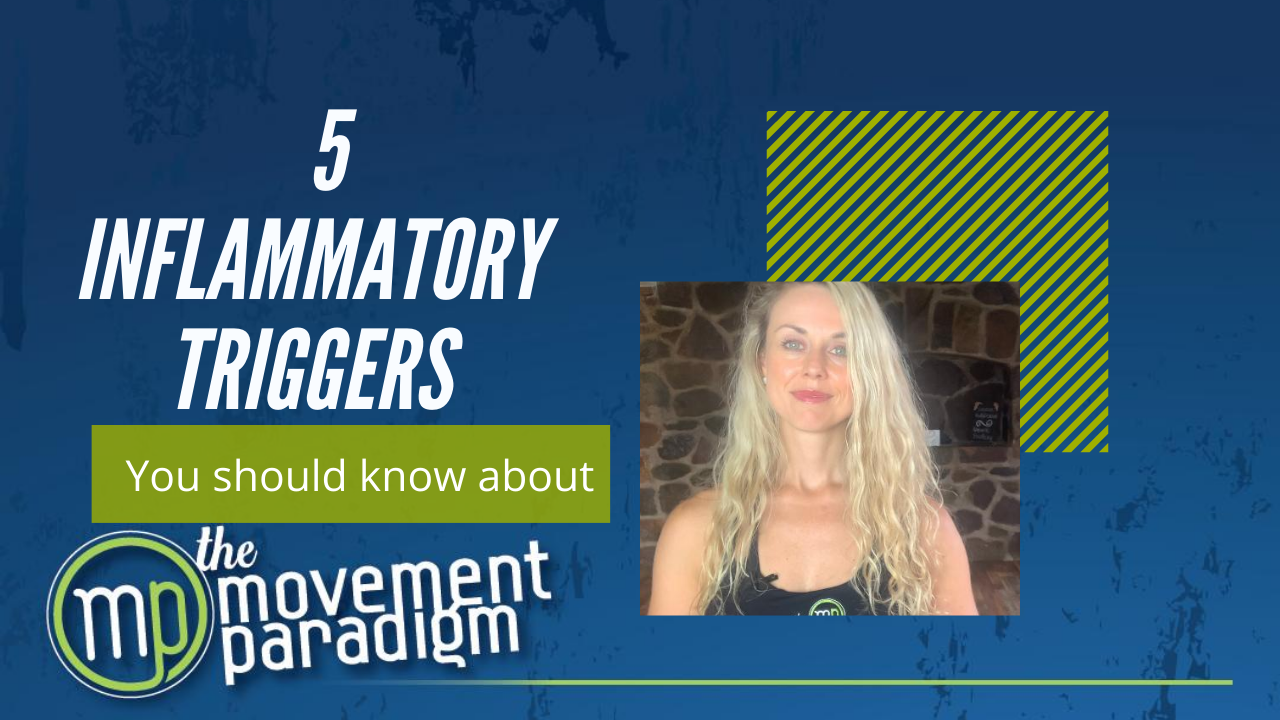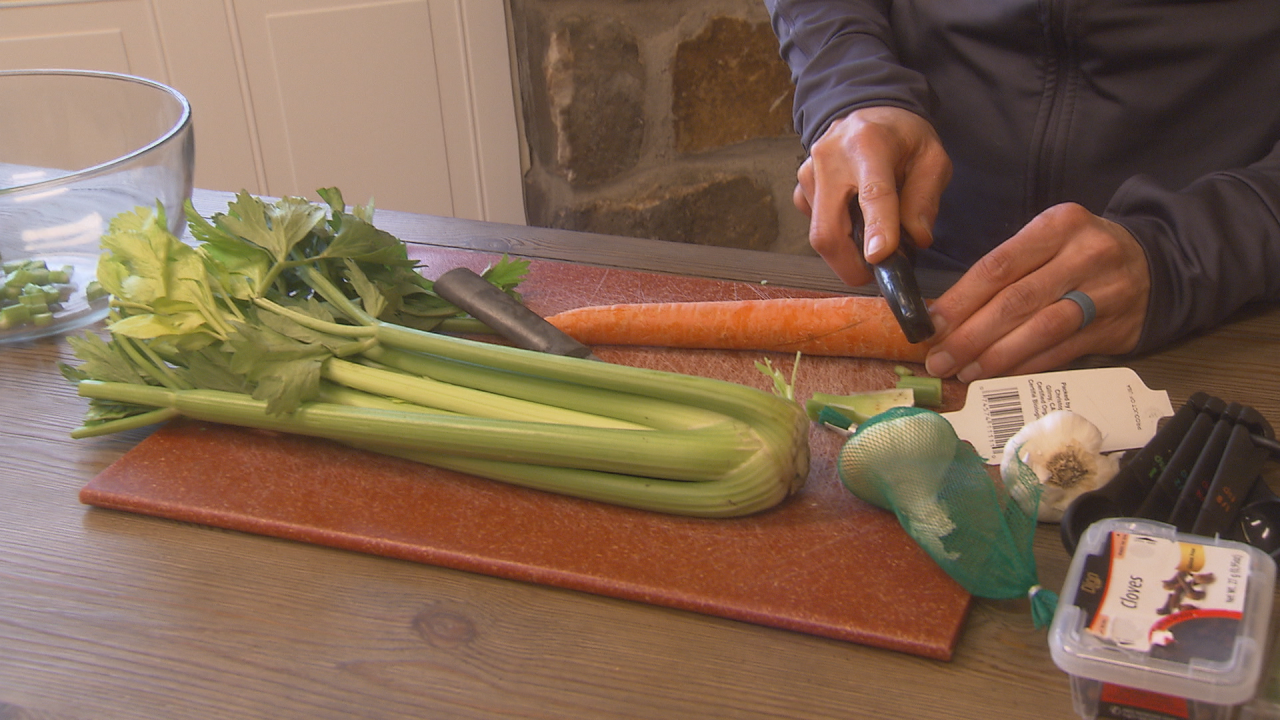Do you have arthritis and you’ve been told by your physician that you should be taking some kind of anti-inflammatory and/or pain medications? You’ve maybe settled on Ibuprofen, or perhaps you have tried some prescription medications. Well, let’s talk about why we may want to reconsider.
Let’s start by saying that osteoarthritis is an inflammatory condition. It is important to recognize all the potentially inflammatory triggers that could be impacting your pain and function: food, bugs, toxins, trauma (both physical and emotional), and hormone dysfunction. Let’s not forget the movement compensations over many years that are also contributing to your painful patterns. It is not simply that you have poor genetics, or you played football when you’re younger, or you hurt your knee many years ago. Those may play into it but they are definitely not the only driver and you do not need to be debilitated by your pain and function. There are many negative side effects of NSAIDs.
1. Impacts the GI System
It can significantly impact your GI system. It can affect the lining of the GI system, even in the stomach, and can contribute to GI bleeds. Now let’s remember that 70 percent of your immune system is in your gut. If you are negatively impacting your gut lining by taking NSAIDs regularly, then you are impacting your ability to regulate inflammation. Remember, osteoarthritis is inflammatory.
2. Linked to Heart Issues
NSAIDs have been linked to more heart attacks, strokes, and other heart-related conditions.
3. Affects Kidneys
It can impact your kidneys and the blood flow to the kidneys.
4. Decreases Pain Threshold
Your pain threshold is lower. So, what may have just been a little bit of pain, such as a one or two out of 10 is now a five or six. This is because you cannot manage or process pain as you could before with chronic NSAID use.
This goes without saying but physical therapists are the best way to improve your overall function, decrease pain, and help you to do exactly what you want to do. Please reach out to us we would love to help you. Also focusing on things like breathing, yoga, meditation, all of the things have been shown to help with being able to manage pain more effectively.
I know that you think I might suggest ice or heat, but we’re going to ditch those. Neither one of them is going to have a positive or therapeutic impact on your arthritis. It may feel good, but it is not doing anything to help. When you’re using ice it’s decreasing blood flow to the area creating vasoconstriction, so it does not decrease inflammation despite what people think. Also, heat can potentially bring a little bit of blood flow to the area, but it’s such superficial heat that it’s very minimal. Although it might feel good once again it is not necessarily doing anything to improve your function. You want to try to move as much as possible because that has been shown over and over again through research that is the most effective treatment for arthritis.
If you need help on your journey to better health, contact drarianne@staging.movementparadigm.flywheelsites.com to schedule a FREE 15 minute virtual consultation.
For more content, make sure to subscribe to our YouTube channel here.








